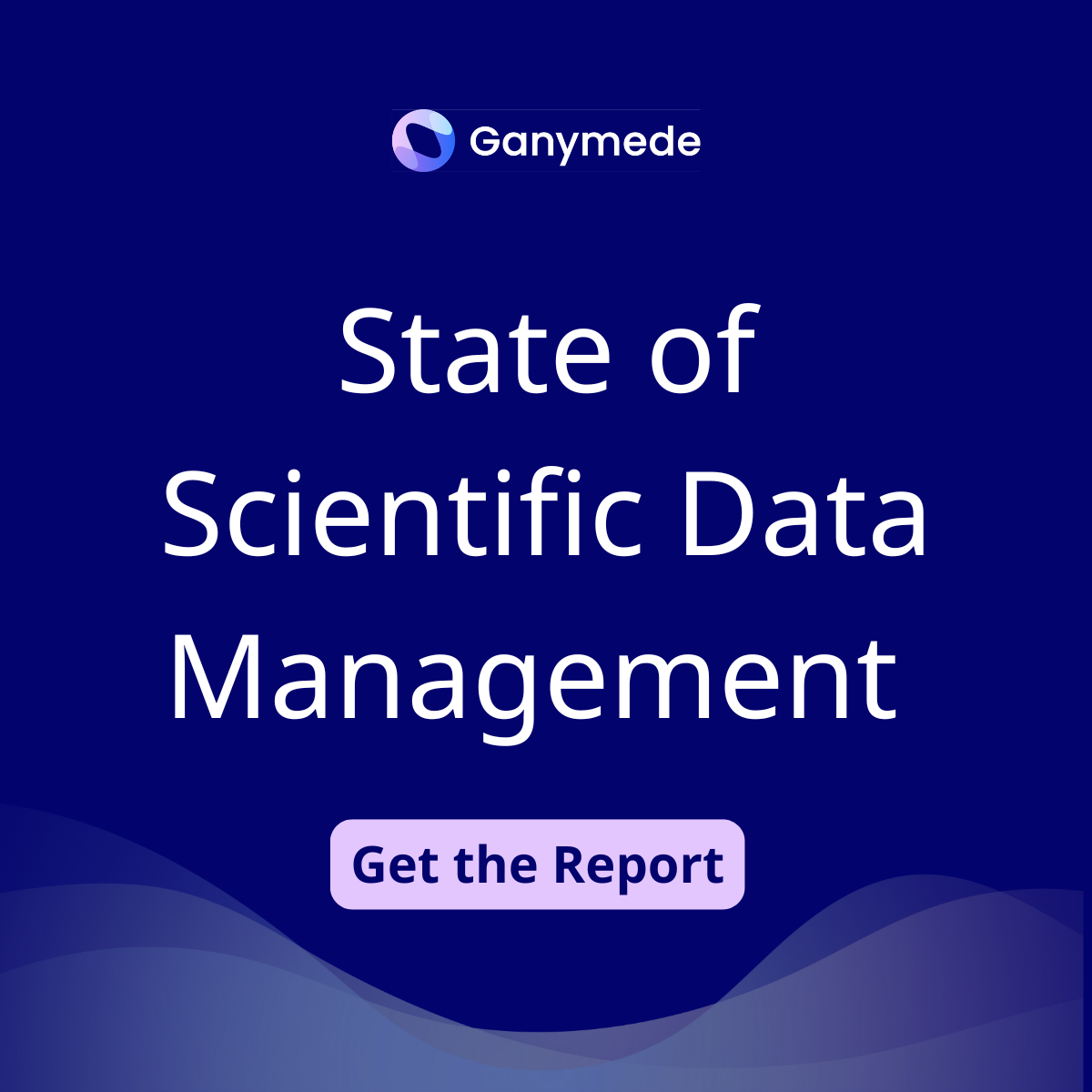Fully integrate research, development, and biomanufacturing
Novel treatments with novel data challenges
Companies working on cell and gene therapies need a solution to manage all their data—and make R&D and manufacturing faster, easier, and cheaper than ever before. Unfortunately, existing solutions are not well-suited to the biological complexity and unique R&D/manufacturing dynamic of cell and gene therapies.
Inherently complex therapeutics
Gene therapies involve assembling sophisticated payloads that can be delivered to precise targets and manipulate gene expression in a desirable way. Cell therapies meanwhile involve working with living and functional cells. Both have forced biotechs to adapt their processes and adopt new tech stacks.
Blurred lines between R&D and manufacturing
CGT product development requires a tight integration between protocols and knowledge developed in the lab, and their smooth roll-out into compliant production. R&D equipment such as flow cytometers often needs to be repurposed for production workflows, despite a lack of industry roadmaps.
Demanding production processes
Unlike with traditional drugs, the process itself is often the IP with CGTs. Highly specialized workflows that maintain a high level of quality of the therapeutic end-products and keep costs of goods and services (COGS) under control are a critical challenge.
Reliance on collaboration and CDMOs
The complexity of CGT workflows, and the specialized training and equipment involved, mean that biotechs and biopharma have become increasingly dependent on partnerships with research hospitals and with CDMOs to bring these treatments from bench to bedside.
Your lab on Ganymede - Flow Cytometry
We give labs a birds’ eye view of their entire lab’s activities and empower them to make data-driven, informed decisions that fuels them from early R&D, through clinical trials, to manufacturing.
Before Ganymede
Flow cytometers—they’re a workhorse instrument in any lab working with cells, starting from early stage R&D through biomanufacturing.
For gene therapies, this may be validation of the delivery and outcome of a potential treatment. For cell therapies, this might be checking your engineered cells for quality and function. Either way, you’ll likely run into these “clogs” in your flow cytometry workflows:
With Ganymede
Ganymede centralizes all your flow cytometer data in the cloud, alongside all your lab’s data from every other source. It’s all automatically formatted and cleaned, and it can be analyzed directly in the cloud. Now your scientist’s process looks more like this: run experiment, open workspace, start analyzing.
When Ganymede is powering your flow cytometry data infrastructure:






